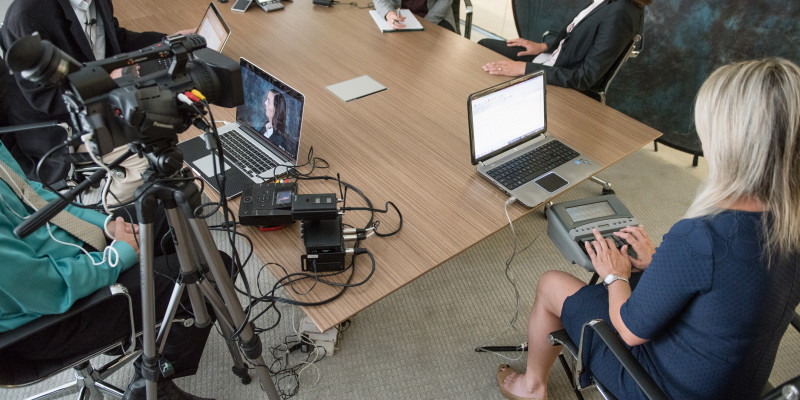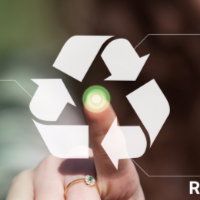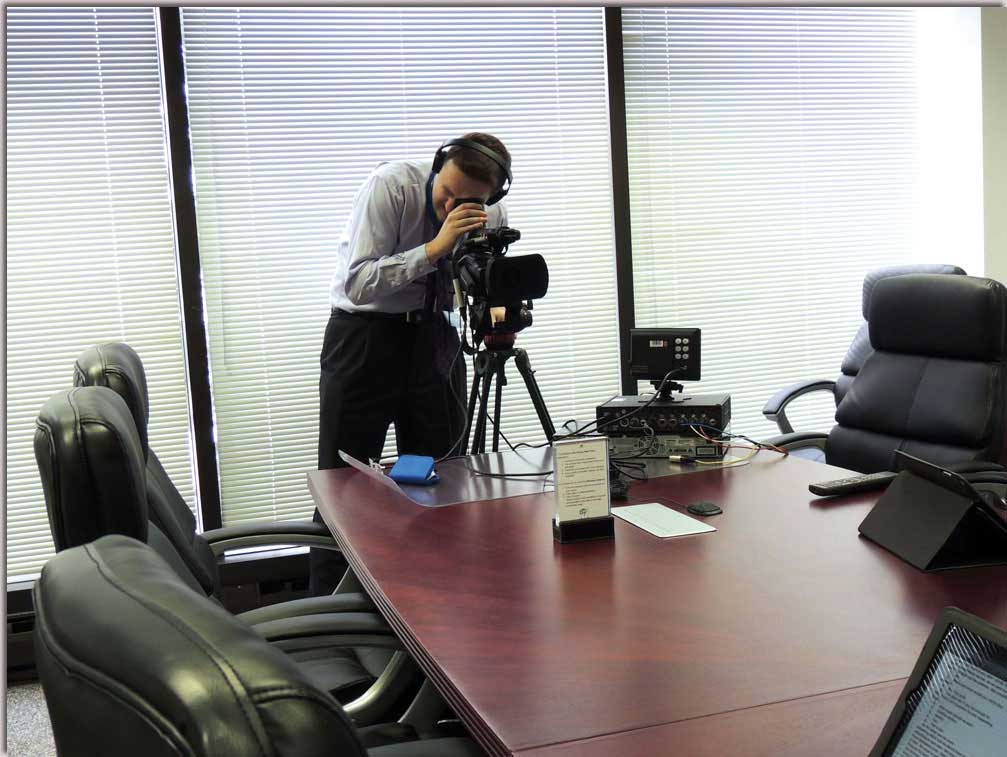How Legal Videography Helps Record Crucial Legal Evidence
Why Legal Videography Is Important for Accurate Court Recordings
The function of lawful videography in court room settings can not be overstated, as it serves as an essential device for protecting the integrity of court documents. By catching both verbal and non-verbal interaction, it boosts the clarity of witness testaments and reflects the subtleties of courtroom communications. This extensive documents not just help in decreasing prospective misunderstandings but likewise supports appellate evaluations, consequently strengthening the judicial procedure. However, the ramifications of incorporating legal videography into typical court room practices increase vital questions concerning its more comprehensive influence on the lawful system. What might these ramifications require?
Relevance of Visual Proof
In the realm of lawful proceedings, the relevance of visual evidence can not be overstated. Aesthetic evidence acts as an effective tool in establishing facts, corroborating testaments, and boosting the total clarity of an instance. This type of proof, which consists of photographs, videos, and diagrams, can give a concrete context that spoken descriptions often lack, consequently supplying courts and courts a clearer understanding of the scenarios surrounding an instance.
Moreover, visual proof help in the retention of information. Human cognition is inherently visual, and people are more probable to bear in mind and comprehend info presented in an aesthetic style. In the court room, this can be vital, as compelling aesthetic proof can guide viewpoints and enhance the story provided by legal reps.
In addition, making use of visual evidence can reduce misconceptions and uncertainties that often emerge from spoken exchanges. By giving a direct depiction of events, aesthetic proof helps to get rid of subjective analyses and cultivates a more objective exam of the truths. Subsequently, the combination of visual proof right into lawful process not only strengthens the honesty of the judicial procedure yet additionally improves the likelihood of accomplishing a just outcome.
Recording Non-Verbal Hints
Using advanced videography techniques can substantially enhance the capture of non-verbal cues throughout lawful process. Non-verbal interaction, consisting of face expressions, body movement, and eye get in touch with, plays an essential role in conveying feelings and purposes that might not be clearly mentioned in spoken testament. legal videography. Lawful videography employs high-def cameras and tactical angles to make certain that these subtle hints are recorded with clarity and accuracy
The capacity to assess non-verbal actions can offer useful context to declarations made throughout court sessions. A witness's reluctance or confidence can be interpreted through their stance or gestures, potentially influencing the court's perception of reliability. The use of close-up shots can assist concentrate on an audio speaker's expressions, permitting for a much more nuanced understanding of the testimony.
Additionally, integrating multiple camera angles can produce a thorough sight of interactions, highlighting dynamics in between celebrations entailed. This multifaceted strategy not just enhances the accuracy of the court document yet likewise aids in maintaining the integrity of the judicial process have a peek here - legal videography. Ultimately, catching non-verbal cues with lawful videography fosters a richer, much more complete representation of court room procedures

Enhancing Statement Integrity
The reliability of testimony can be substantially boosted through making use of premium legal videography. Video clip recordings function as an unbiased tool that records not only the talked words of witnesses however also the nuances of their delivery, consisting of tone, pacing, and emotional expressiveness. This multifaceted documents offers a clearer understanding of the witness's reliability and intents, which can be critical in legal proceedings.
Additionally, legal videography minimizes the capacity for misinterpretations that may emerge from written transcripts alone. When jurors can observe a witness's disposition and body language together with their testament, they are much better geared up to analyze the credibility and dependability of the proof offered. This visual context can reinforce the testimonial story, making it a lot more engaging and qualified.
Furthermore, the existence of a video recording can discourage potential inconsistencies in testimony. Witnesses may be more mindful in their statements when they recognize they are being tape-recorded, causing even more exact and sincere accounts. Overall, high-grade lawful videography improves the honesty of testimony, making sure that the court has access to a total and sincere depiction of the truths as conveyed by the witnesses.
Sustaining Appeals and Reviews
Lawful videography plays a critical my blog duty in sustaining charms and evaluations by providing a thorough aesthetic record of court room proceedings. This visual documentation captures not only the spoken words of witnesses and attorneys yet additionally the nuances of body language, intonation, and court room characteristics. Such components can be crucial in comprehending the context of statements and arguments provided.
In the appellate procedure, where the emphasis is on errors of legislation and procedural justness, a video document can function as an essential device for appellate courts. It makes it possible for judges to examine the original trial context, making certain that choices are based upon a complete understanding of the proceedings. The capability to aesthetically evaluate the behavior of witnesses or the interactions between events can expose insights that top article created transcripts might ignore.

Additionally, lawful videography can assist in making clear uncertainties in testimonies or procedural rulings, thereby reinforcing the basis for an appeal. By using a trustworthy, unbiased account of what taken place in court, lawful videography not just supports the integrity of the lawful procedure but also encourages all parties entailed to make educated choices regarding their cases.
Simplifying Courtroom Procedures
Enhancing court efficiency, lawful videography enhances processes by giving prompt access to aesthetic documents of process. This technology enables judges, lawyers, and juries to revisit critical testimony and proof, ensuring that all events have a clear understanding of the case. By catching the subtleties of verbal and non-verbal communication, videography improves the document, making it much easier to understand the context and weight of testimonies.

Additionally, video clip recordings can assist in remote participation in hearings, enabling higher versatility in scheduling and participation, which is specifically valuable in complex cases entailing multiple stakeholders.
Final Thought
Finally, lawful videography plays an essential function in guaranteeing precise court recordings by providing necessary aesthetic proof that records both verbal and non-verbal interaction. This practice improves the reliability of testimonies, sustains appellate evaluations, and enhances court room procedures. By cultivating a comprehensive understanding of courtroom dynamics, lawful videography ultimately adds to a lot more equitable judicial results, reinforcing the integrity of the legal system and facilitating notified decision-making.